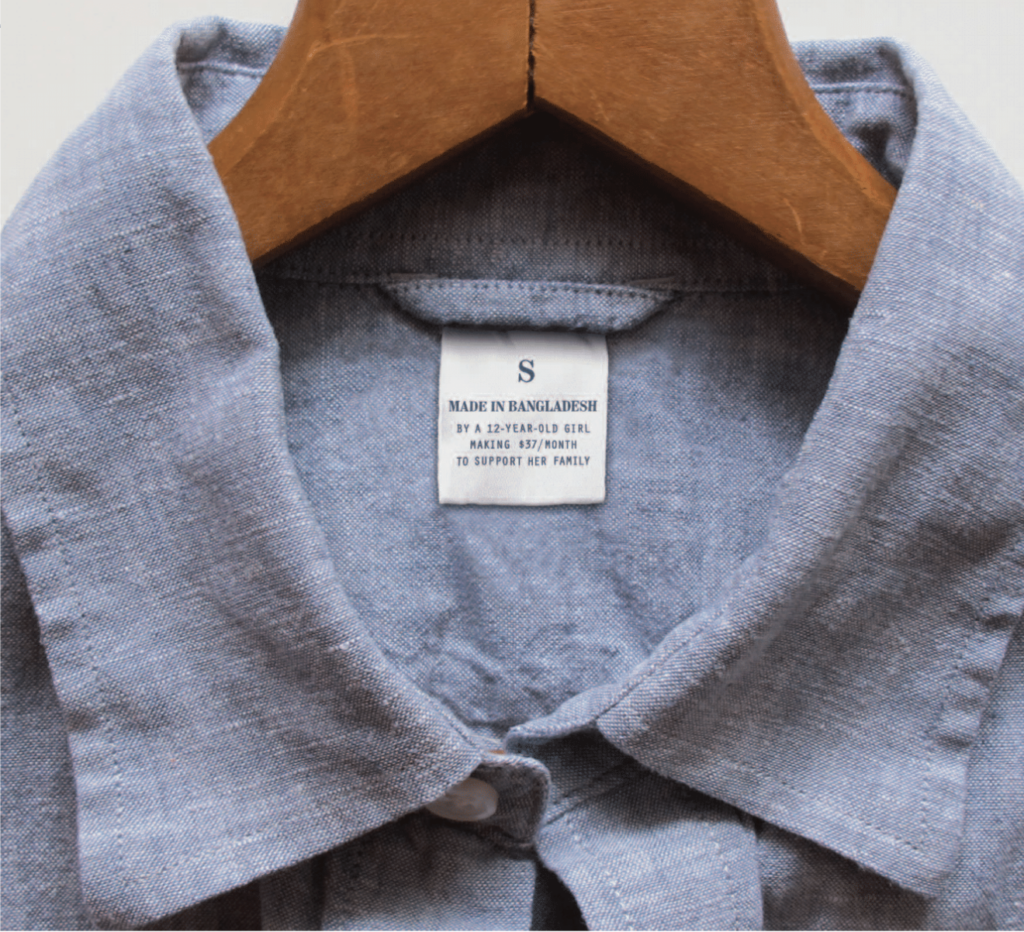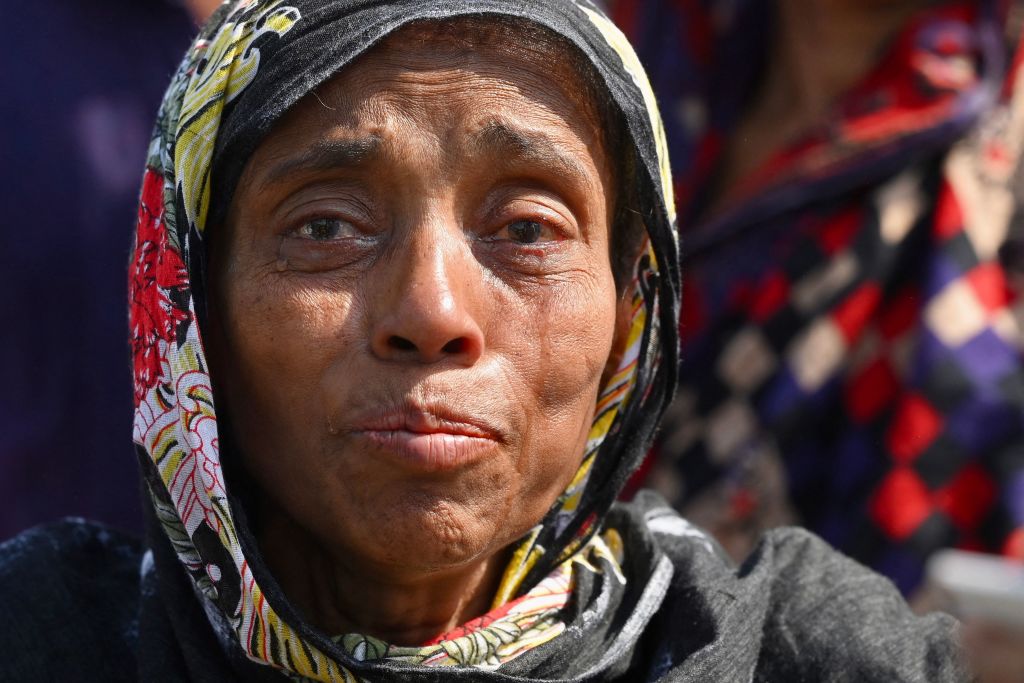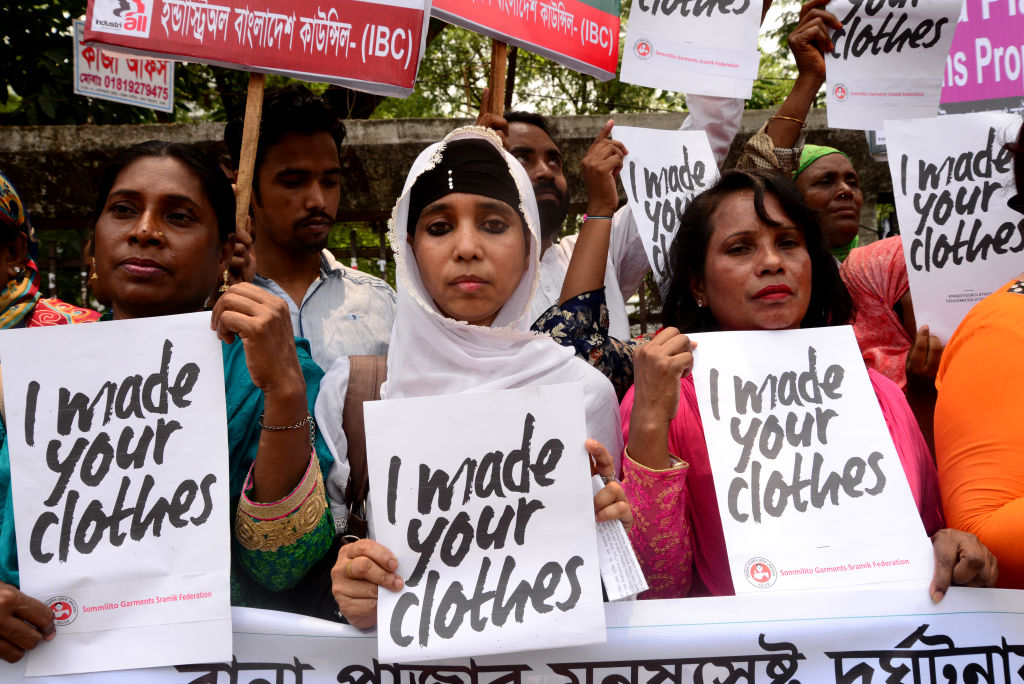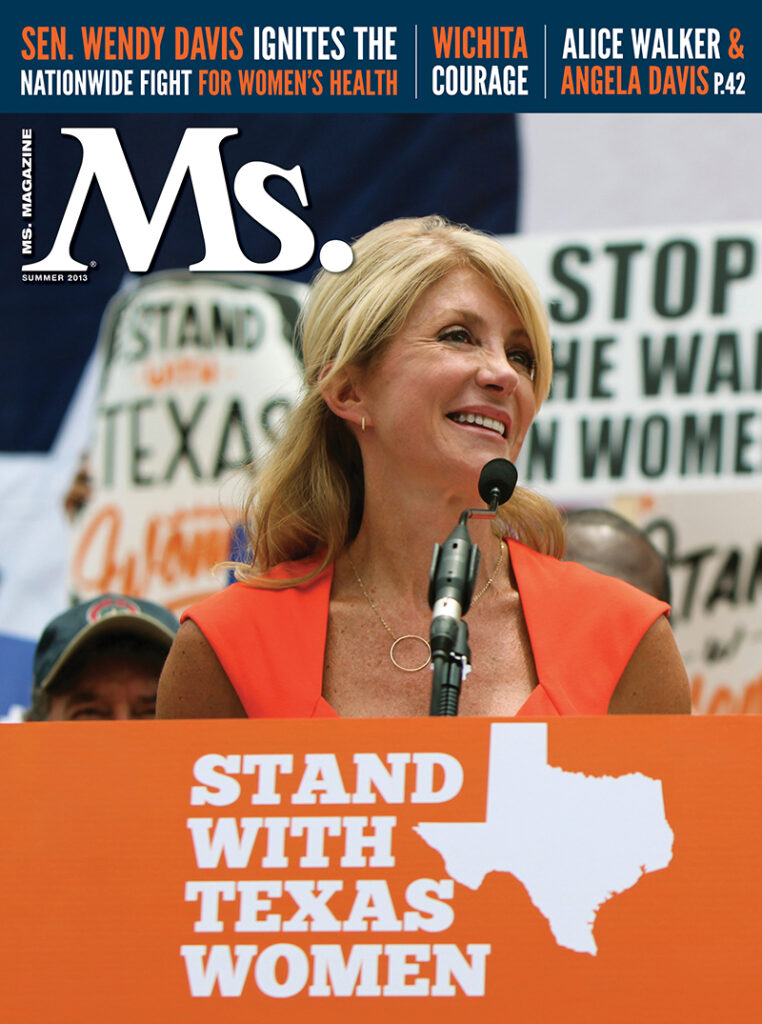From the Ashes of Rana Plaza: 'Consumers Want to Know How Their Clothes Are Made'
(I hope this is okay to post here, Steve. Definitely a labor issue!!)
(ten years later, we look to see what has been accomplished. A heartbreaking read)
From the Ashes of Rana Plaza: ‘Consumers Want to Know How Their Clothes Are Made’
4/24/2023 by Jason Motlagh and Suez Taylor
It took a huge tragedy for the garment factories of Bangladesh, filled with exploited young women workers, to finally draw international attention and action.

(Jason Motlagh)
To pay tribute to five decades of reporting, rebelling and truth-telling, From the Vault includes some of our favorite feminist classics from the last 50 years of Ms. For more iconic, ground-breaking stories like this, order 50 YEARS OF Ms.: THE BEST OF THE PATHFINDING MAGAZINE THAT IGNITED A REVOLUTION (Alfred A. Knopf)—a stunning collection of the most audacious, norm-breaking coverage Ms. has published.
Editor’s note: The year 2013 saw the worst accident in the history of the international garment industry: A clothing factory collapsed outside of Dhaka, Bangladesh, killing at least 1,127 workers, mostly young women, and injuring another 2,500. “Poorly constructed and weakened by the vibrations of a two-ton generator on the roof, the eight-story building had visible, growing cracks in its walls about which workers had warned their supervisors the day before the collapse,” wrote Michael Posner in Forbes. “The workers were told they would lose their jobs if they refused to return, so they went back the following morning. Many ended up beneath the rubble. “Ten years later, the anniversary of the Rana Plaza disaster offers an opportunity to reflect on the progress that has been made and the work that still needs to be done to ensure decent conditions for Bangladesh’s more than four million garment workers.”
*
From the Summer 2013 issue of Ms. magazine:
One afternoon, a fire broke out at the rear of Smart Export Garments, an illegal factory in Dhaka, the capital of Bangladesh. More than 300 people ran screaming toward a single exit on the second floor, only to find it locked. By the time guards arrived to open it, seven women had already been crushed in the stampede; an eighth died later. The incident had little impact. In Bangladesh, the world’s second-largest apparel manufacturer with $24 billion annually in exports, workers’ lives were as perishable as the clothes they made. Just two months earlier, a blaze at Tazreen Fashions outside of Dhaka claimed 112 workers, most of them women. In the wake of that fire, an Associated Press reporter had taken photographs to prove that clothing was being made there for top U.S. retailers Walmart, Sears and Disney. The companies tried to distance themselves from the tragedy, claiming their orders had been subcontracted without their knowledge. Pledges were made to improve worker safety, yet the companies refused to sign a binding fire-safety agreement that, by high estimates, would end up costing them about 10 cents more per garment.
. . .
When the Rana Plaza rescue effort was finally called off on May 13, at least 1,127 workers were confirmed dead and some 2,500 injured, making it the worst accident in the history of the international garment industry. Yet this was no accident. The top three floors of the building were built illegally. A day before the building collapsed, inspectors had discovered cracks in its façade and ordered it closed. The factory owner, rushing to fill orders from European and Canadian brands, gave employees an ultimatum: Work or lose a month’s pay. They knew that in a country where workers have very little room to organize, no one would dare push back.

A relative of a victim, who died in the Rana Plaza garments factory tragedy, on its 10th anniversary at the site where the building once stood in Savar on the outskirts of Dhaka on April 24, 2023.
(Munir uz Zaman / AFP via Getty Images)
. . . .

Activists demand safe workplace for garments workers to mark the sixth anniversary of the of the Rana Plaza building collapse disaster in front of National Press Club in Dhaka, Bangladesh, on April 24, 2019. (Mamunur Rashid / NurPhoto via Getty Images)
Rana Plaza’s impact has drawn early comparisons to the infamous 1911 Triangle Shirtwaist factory fire in New York City, in which 146 garment workers, mainly immigrant women in their teens and 20s, perished in a locked building. A public outcry led to improved safety standards, stronger unions and limits on working hours. More than a century later, will Rana Plaza be a turning point in the way Western garment makers operate abroad? Or will exploitation persist in the shadows? Scott Nova, director of the Washington, D.C.-based Workers Rights Consortium and a key architect of the fire safety accord, is optimistic. He said the accord represents “a sweeping transformation” and “fundamental departure from the failed models and evasion we’ve seen from other brands over the years.” Because it is legally binding, companies will remain on the hook for violations even after public pressure fades.
. . . .
Maybe now, though, as more activists and governments and companies stand together, the big-box retailers buying from Bangladeshi factories can no longer ignore worker safety. That garment hanging on a Walmart or Gap rack is no bargain if it costs a young woman her life. And because of Rana Plaza, that young woman, so long out of sight, is no longer out of mind.

“From the Ashes of Rana Plaza” originally rain in the Summer 2013 issue of Ms.
https://msmagazine.com/2023/04/24/rana-plaza-garment-worker-rights/